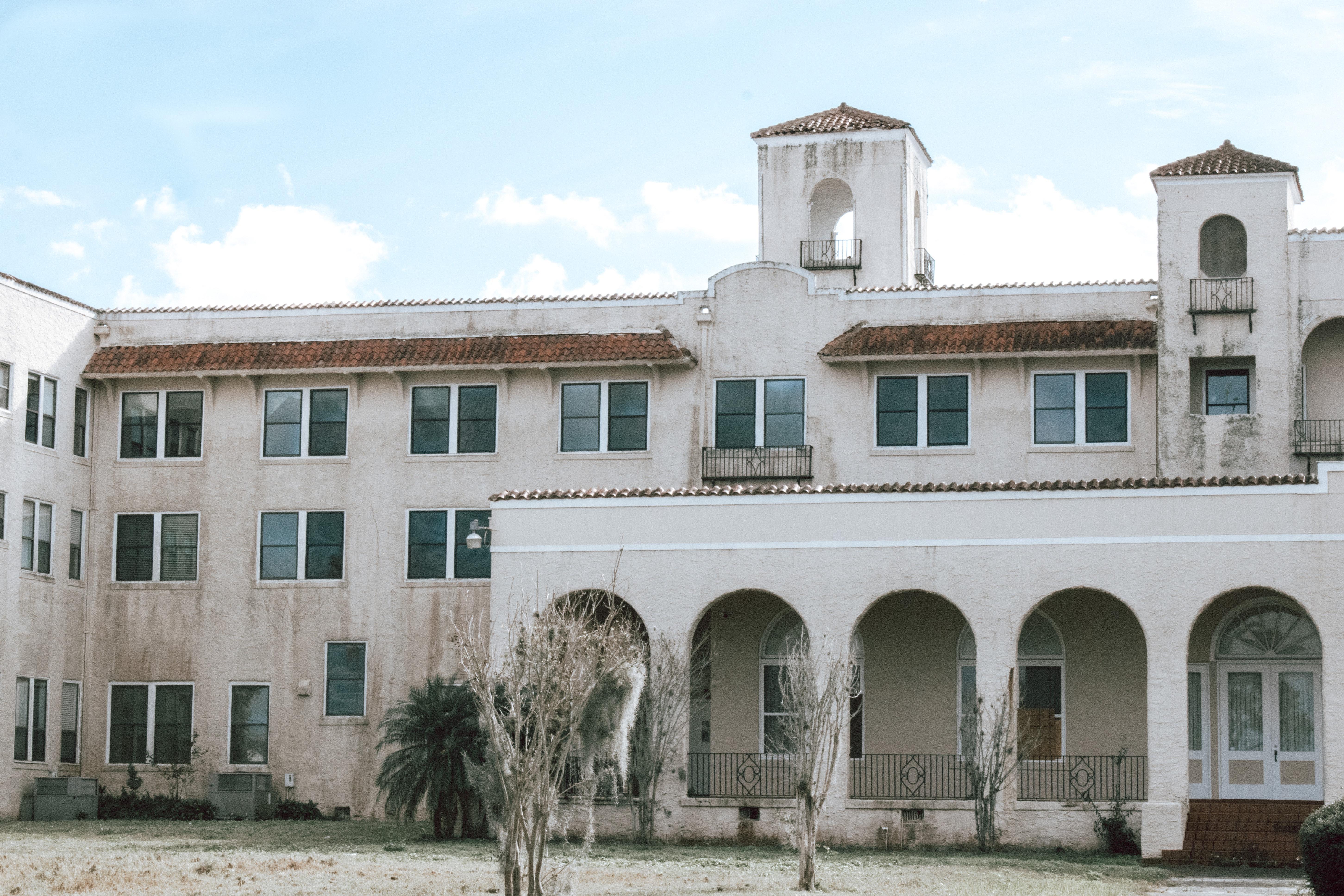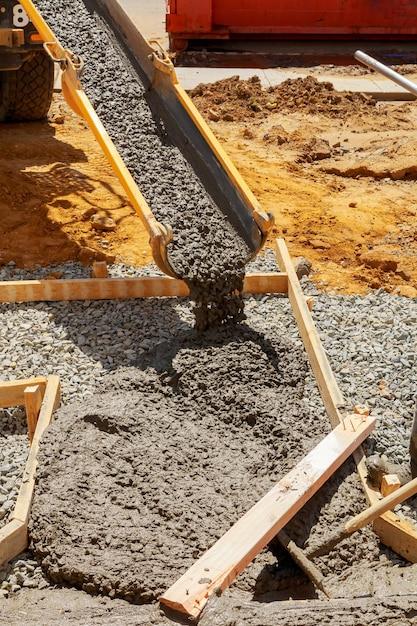Concrete is an essential material used in construction projects all over the world. From the ancient Roman structures to modern-day skyscrapers, concrete has proven its durability and strength. But have you ever wondered why concrete gets harder over time? In this blog post, we will delve into the fascinating science behind the hardening process of concrete and answer some common questions related to its curing and lifespan.
As time passes, concrete goes through a chemical reaction known as hydration, where water and cement particles mix to form a stable matrix. This reaction doesn’t happen overnight, as concrete continues to gain strength for years after its initial placement. Understanding the factors that contribute to the hardening of concrete can shed light on its longevity and why ancient Roman concrete structures have stood the test of time. So, let’s explore the secrets behind the hardening of concrete and debunk some common myths about its properties.
Join us on this journey to uncover the wonders of concrete and discover why it remains one of the most reliable and durable materials in the construction industry. Whether you’re curious about the longevity of the Hoover Dam or want to know if concrete gets harder with time, this blog post will provide you with answers and insights. So, let’s dive in and unravel the mysteries of concrete hardening!
Why Does Concrete Get Harder Over Time
Concrete might seem like a rock-solid material, but did you know that it actually gets harder over time? It’s like that piece of gum you dropped on the sidewalk that hardens and becomes practically indestructible. So, why does concrete have this magical ability to transform into a stronger version of itself? Let’s dive into the science behind it!
Hydration: The Secret Ingredient
The main reason why concrete gets harder over time is hydration. No, we’re not talking about drinking eight glasses of water a day (although that’s important too!). Hydration in the world of concrete refers to a chemical reaction that occurs when water is added to the cement mixture. This reaction creates a strong, solid matrix that binds everything together.
The Cement Dance Party
You might be wondering, what’s happening at a molecular level during this hydration process? Well, picture this: once you add water to the cement mixture, it’s like throwing a party for cement particles. They start dancing around, forming new bonds with each other and with other components in the mixture, like sand and aggregate. It’s like a microscopic rave in there!
Calcium Silicate: The Concrete MVP
One of the key players in this dance party is calcium silicate (CaSiO3). This compound is found in cement and is responsible for the main strength-giving reactions. As the water molecules get cozy with calcium silicate, they start forming chemical bonds and creating calcium hydroxide (Ca(OH)2) crystals. These crystals act as the glue that holds everything together, making the concrete stronger as time goes by.
Age is Just a Number
Concrete doesn’t take its strength for granted. It’s not one to peak in its twenties and then start slacking off. In fact, concrete continues to gain strength as it ages. Why? Because the chemical reactions between water and cement continue to occur over time. This ongoing chemical transformation keeps making the concrete harder and more durable.
Good Things Come to Those Who Wait
Just like a fine wine or a well-aged cheese, good things come to those who wait. And the same goes for concrete. If you’re in a hurry and decide to rush the curing process, you might end up with weaker concrete that’s prone to cracking and other structural issues. So, be patient, my friend! Let that concrete cure and gain strength gradually. Rome wasn’t built in a day, after all.
Mother Nature: Concrete’s Sidekick
Concrete’s ability to get harder over time is not only thanks to hydration but also because of our trusty sidekick, mother nature. The surrounding environment plays a role in the long-term strength gain of concrete. As time passes and seasons change, concrete is exposed to different temperature fluctuations and moisture levels. These “weathering” effects contribute to the microscopic strengthening of the material.
So, there you have it! Concrete’s superpower of getting harder over time is all thanks to its hydration process, the amazing chemical reactions that take place, and a little help from mother nature. So, the next time you walk on a sidewalk or marvel at a towering skyscraper, remember that beneath your feet lies a material that’s constantly evolving and growing stronger. It’s like concrete is saying, “Hey, I may be tough now, but just you wait, I’m only going to get better with age!”
FAQ: Why Does Concrete Get Harder Over Time
Is the concrete in the Hoover Dam still drying
No, the concrete in the Hoover Dam has already finished drying. The dam was built between 1931 and 1936, so it has had plenty of time to reach its maximum strength.
Why does concrete become harder as it ages
Concrete gets harder over time due to a process called hydration. When water is added to cement, it triggers a chemical reaction that causes the cement to harden. As the concrete ages, this hydration process continues and the bonds between the cement particles strengthen, making the concrete harder.
Why don’t we use Roman concrete anymore
While Roman concrete was incredibly durable and has been known to last for centuries, it fell out of favor due to the lack of availability of certain materials and the advent of modern construction techniques. Today, Portland cement, which is more readily available and easier to work with, is the most common type of cement used in construction.
What is the lifespan of concrete
The lifespan of concrete can vary depending on various factors such as the quality of the materials used, the design, and the environmental conditions. However, with proper maintenance, concrete structures can last for several decades or even centuries. The Hoover Dam, for example, is expected to have a lifespan of about 2,000 years.
How strong is concrete after 3 days
After 3 days, concrete typically reaches about 40% of its design strength. However, it’s important to note that concrete continues to gain strength over time, with most of the strength achieved within the first 28 days of curing.
Why did Roman concrete last so long
Roman concrete, also known as opus caementicium, lasted for such a long time due to its unique composition. One key ingredient in Roman concrete was volcanic ash, which reacted with seawater to form new minerals. This reaction created a strong, durable material that resisted erosion and maintained its structural integrity over time.
Why is Roman concrete considered superior
Roman concrete is considered superior because of its remarkable longevity. The use of volcanic ash and other additives created a material that was more resistant to cracking and erosion than modern concrete. Additionally, Roman concrete had the ability to self-heal small cracks due to the continuous deposition of minerals through ongoing hydration.
How long does it take for 4 inches of concrete to cure
Typically, it takes about 28 days for 4 inches of concrete to fully cure. However, it’s important to follow recommended curing practices, such as ensuring proper moisture retention and avoiding heavy loads on the concrete during the curing period.
Should you wet concrete while it’s curing
Yes, keeping concrete moist during the curing process can help prevent cracks and promote proper hydration. However, it’s important to note that excessive water can weaken the concrete, so it’s necessary to strike a balance and provide sufficient moisture without overdoing it.
Does concrete continue to harden with time
Yes, concrete continues to harden over time through a process known as long-term strength gain. While most of the concrete’s strength is achieved within the first few weeks or months, it can continue to strengthen and develop additional durability over the years.
Can I pour concrete in a hole filled with water
It is not recommended to pour concrete directly into a hole filled with water. Excess water can negatively affect the concrete mix’s consistency and weaken the overall structure. The water should be pumped out or allowed to drain before pouring the concrete.
What is the strongest type of concrete
The strongest type of concrete is usually considered to be high-performance concrete (HPC). HPC is engineered to have a high compressive strength and exceptional durability. It often contains additional additives, such as silica fume or fly ash, to enhance its properties.
Does it really take concrete 100 years to fully cure
No, concrete does not take 100 years to fully cure. As mentioned earlier, most of the strength gain occurs within the first 28 days of curing. However, concrete can continue to improve its properties over a longer period of time, gradually reaching its maximum potential.
How can you tell if concrete is properly cured
One way to determine if concrete is properly cured is by conducting a surface hardness test. This involves using a hardness tester to measure the concrete’s surface resistance. Additionally, observing the absence of visible cracking, checking for uniform coloration, and testing the concrete’s strength through destructive or non-destructive methods can help assess its curing status.
When should I start watering my concrete
To prevent premature drying and promote proper hydration, it’s recommended to start watering the concrete as soon as the surface begins to lose its sheen. This can typically be observed within a few hours after pouring. However, be cautious not to overwater, as excessive moisture can have detrimental effects on the concrete.
Is it okay if it rains after pouring concrete
Ideally, it is best to avoid rainfall for the first 24 to 48 hours after pouring concrete. Rainwater can negatively impact the curing process, causing surface disruption or weakening the overall structure. If rainfall is expected, it’s essential to take precautions such as covering the concrete with plastic sheeting or using temporary shelters to shield it from the rain.
Is Roman concrete stronger than modern concrete
In certain aspects, Roman concrete can be considered stronger than modern concrete. Roman concrete has demonstrated exceptional longevity, durability, and resistance to various environmental conditions. However, modern concrete has its own advantages, such as higher compressive strength due to the use of advanced admixtures and reinforcing materials.
Can I drive on concrete after 3 days
While concrete continues to gain strength over time, it is generally not recommended to subject it to heavy loads, such as vehicles, within the first 28 days of curing. After 3 days, the concrete may have achieved some initial strength, but it is still relatively vulnerable and should be handled with care to avoid damage.
Sources:
- ConcreteNetwork: Curing Concrete
- Portland Cement Association: Concrete FAQs
- The Constructor: Surface Hardness Test on Concrete

